BOEM develops, conducts and oversees world-class scientific research to inform its policy decisions. By using science, regulatory frameworks and input from others, the bureau considers the potential for BOEM activities to impact the ocean’s physical characteristics, biological resources and marine or coastal uses that are important to the environment and society.
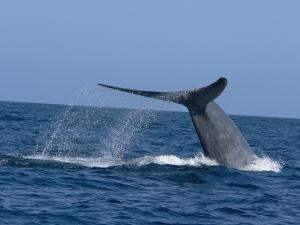
Studying Noise Impacts on Cetaceans: We’ve Come a Long Way!
Review paper summarizes the history of research efforts on anthropogenic noise effects to cetaceans.
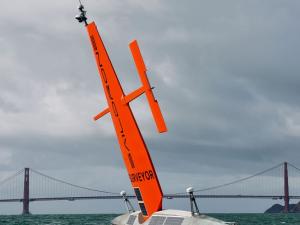
Send in the Drones
The waters around the Aleutian Islands are virtually unexplored territory. And for good reason.

Offshore Wind and Marine Mammal Protection
The American Shoreline Podcast. Listen as Dr. Lewandowski explains how BOEM uses science to guide its decision-making process for offshore wind development, particularly in relation to marine mammals and marine acoustics.
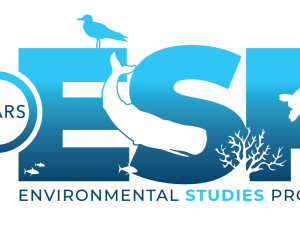
Environmental Studies Program Celebrates Golden Anniversary
Innovative program has provided important scientific data to inform bureau's decisions for 50 years. By Dr. Rodney E. Cluck Chief, Division of Environmental Sciences, Environmental Studies Program

Scientists Explore Site of Historic Seabed Mining Equipment Testing Offshore Georgia
BOEM, the U.S. Geological Survey (USGS), and NOAA Ocean Exploration explored a site on the Blake Plateau offshore of the Georgia coast from July 31-August 12, 2022, to better understand the impacts of historic seabed mining equipment testing conducted in the 1970s.

BOEM-Sponsored Saildrone Surveyor Expedition Returning Home After Exploring Aleutian Islands
Since departing Dutch Harbor on August 11, the uncrewed surface vehicle (USV) Saildrone Surveyor has been collecting seafloor mapping and surface oceanographic data in priority areas of the relatively unexplored Aleutian Islands. The expedition, part of a multi-agency public-private partnership funded by the Bureau of Ocean Energy Management (BOEM) and the National Oceanic and Atmospheric Administration (NOAA), gathered data on several large, unexplored areas off the Aleutian chain identified as high priority for NOAA, BOEM, the U.S. Geological Survey, and the broader federal Interagency Working Group on Ocean Exploration and Characterization.
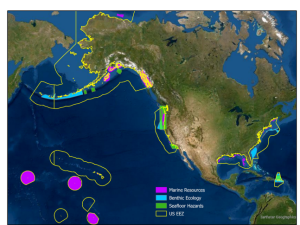
Pursuing New Frontiers in Ocean Exploration and Characterization
The U.S. Ocean Policy Committee recently released the report Strategic Priorities for Ocean Exploration and Characterization of the United States Exclusive Economic Zone. The report identifies current high-priority geographies and thematic topics that require better characterization and understanding. Federal agencies working to address these priorities will help advance the nation’s forecasting of seafloor hazards, improve understanding of ocean cultural heritage and uncover important new knowledge about previously underexplored habitats and ecosystems. As a co-chair of the Working Group and a Council member agency, BOEM played an integral role in the report’s development and is actively promoting interagency efforts to further meet ocean exploration and characterization needs.
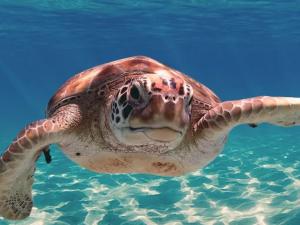
BOEM and HeroX Launch “Better Call Trawl” Challenge
New crowdsourcing challenge will help BOEM better understand the effectiveness of current relocation trawling methods for protecting sea turtles during offshore dredging operations.
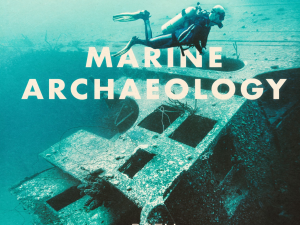
Discovering Lost Worlds
The ocean contains archaeological remains from every age of human history, and the BOEM Marine Archaeology program is responsible for studying and cataloging pre-contact human settlement and deep-sea shipwrecks. These finds have the potential to contribute significantly to our understanding of the commerce, technology, and culture of bygone eras, as well as inform agency decision-making on energy development.
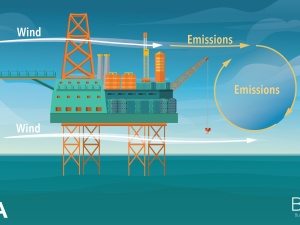
BOEM Funds Study to Improve EPA Air Quality Model for Overwater Applications
Working under an interagency agreement with the Environmental Protection Agency (EPA), BOEM recently funded an effort to update and improve coding for the American Meteorological Society/Environmental Protection Agency Regulatory Model (AERMOD), a dispersion modeling system that uses meteorological data, including wind speed and direction, temperature and turbulence, plus emissions data, to predict air quality impacts. Updating the program’s platform downwash algorithm will result in more accurate model results, improving BOEM’s offshore activity impact assessments and better informing the bureau’s policy decisions.
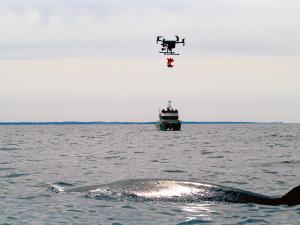
BOEM and NOAA Complete First-Ever Successful Drone-based Tagging of Endangered Sei Whales in U.S.
BOEM and the National Oceanic and Atmospheric Administration’s (NOAA) Stellwagen Bank National Marine Sanctuary have completed the digital acoustic tagging of 14 sei whales in waters offshore Massachusetts – the first time researchers have successfully tagged an endangered species in the United States using an uncrewed aerial vehicle (UAV), or drone. The collected data will shed important light on the whales’ acoustic behavior, which researchers will use to inform mitigation strategies – including passive acoustic monitoring – to protect this endangered species from the potential impacts of offshore wind energy activities.
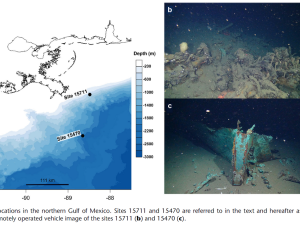
Shipwreck Study Unearths Microbial Diversity on Seafloor
New research from BOEM marine archaeologists, recently published in the journal Limnology and Oceanography, further explores the role that shipwrecks in the northern Gulf of Mexico serve as habitats for marine microbial communities.
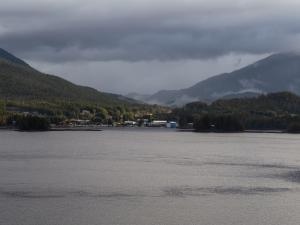
A Third Way of Drilling
Understanding down-the-hole (DTH) piling sounds and their potential effects on marine life is essential for BOEM to conduct environmental impact assessments and explore mitigation measures to reduce impacts should DTH pilling techniques be used for offshore wind facility construction. Dr. Shane Guan, a BOEM oceanographer who specializes in underwater acoustics, recently published a paper the examines the sounds and potential impacts of DTH pile drilling.
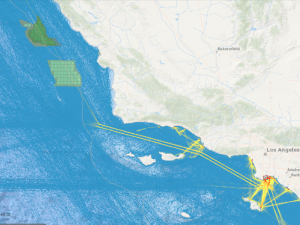
MarineCadastre.gov – Still Growing After 15 Years
Developed in a cooperative effort between BOEM and NOAA, MarineCadastre.gov is an online interactive map viewer that integrates coastal, oceans, and great lakes information in a common reference framework. It supports a wide array of ocean user and regulators by adding new and updated data and services.

BOEM Partners with Louisiana High School to Monitor Air Quality Study Station
Environmental oversight in the Gulf of Mexico is an essential part of BOEM’s mission, and the collection of air quality and weather data near areas where offshore oil and gas activities are taking place is an important aspect of this effort. This data helps scientists assess the impact of pollutants from offshore development on regional air quality.
How Loud is Too Loud?
Protecting the environment while ensuring the safe development of offshore energy is a critical part of BOEM’s mission. Sea turtles are endangered species and a sentinel species for the effects of climate change. Loud underwater activities, such as seismic surveys or pile driving for renewable energy installations, could be harmful to these protected animals. BOEM wants to understand how the activities it permits impact these species so it can make informed, science-based decisions. Consequently, the bureau is collaborating with the National Oceanic and Atmospheric Administration, North Carolina State and Duke Universities in the U.S. and with sea turtle researchers in Dominica to measure sea turtle hearing to help fill in data gaps about the species’ hearing sensitivity.

Will Crabs Cross Undersea Cables?
Commercial fishermen have expressed concern about the potential impacts electromagnetic fields associated with offshore energy development could have on crabs. BOEM partnered with researchers and fishermen to conduct a four-month study to help the bureau better understand whether offshore energy-related undersea cables effect crab behavior. The study is part of BOEM’s larger efforts to ensure that offshore energy and commercial fisheries can successfully co-exist.
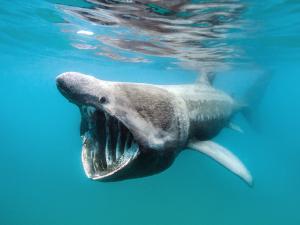
BOEM Partners with Commercial Lobstermen on Fish Movement Study
New study will help BOEM scientists to better understand fish movements and reduce impacts from offshore wind development on basking sharks and other large marine species.
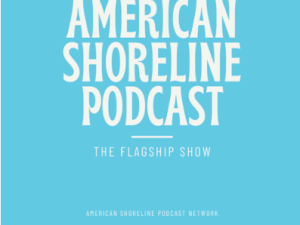
BOEM 101: The Environmental Science Behind the Decision
On June 12, Dr. Rodney Cluck, Chief of BOEM’s Division of Environmental Sciences, appeared on The American Shoreline Podcast. Listen as Dr. Cluck explains the bureau’s mission and purpose and discuss the important role that science plays in informing its decisions in offshore energy development.
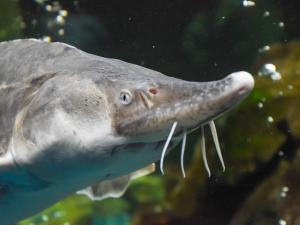
Tale of Two Fish
During dredge operations, BOEM receives and shares data on various species, including Atlantic sturgeon, to help resource managers better understand how, where and when these protected species move throughout the ocean.
